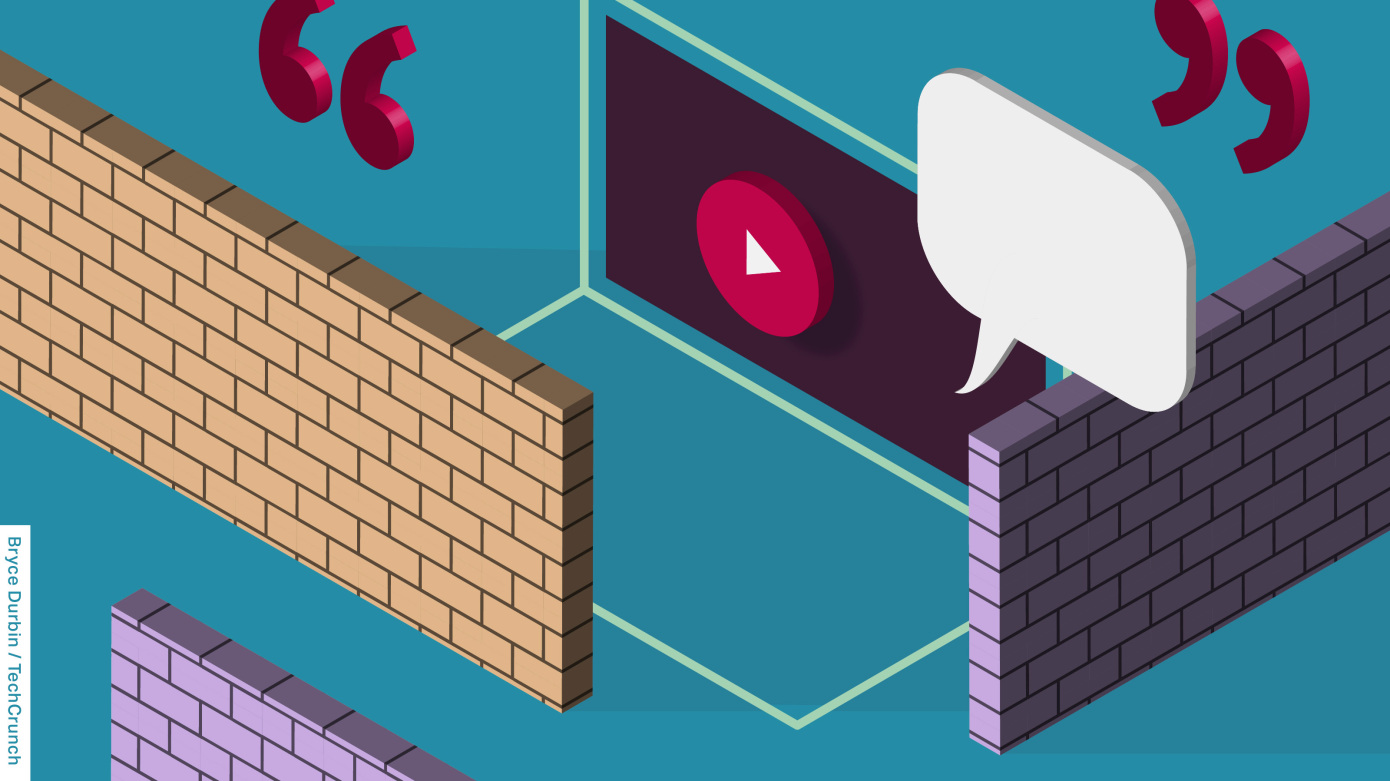Imagine being blind and trying to attend a virtual event. Try that next time you stage one.

How do you make a virtual event accessible for people who are blind or visually impaired?
When I started work on Sight Tech Global back in June this year, I was confident that we would find the answer to that question pretty quickly. With so many virtual event platforms and online ticketing options available to virtual event organizers, we were sure at least one would meet a reasonable standard of accessibility for people who use screen readers or other devices to navigate the Web.
Sadly, I was wrong about that. As I did my due diligence and spoke to CEOs at a variety of platforms, I heard a lot of “we’re studying WCAG [Web Content Accessibility Guidelines] requirements” or “our developers are going to re-write our front-end code when we have time.” In other words, these operations, like many others on the Web, had not taken the trouble to code their sites for accessibility at the start, which is the least costly and fairest approach, not to mention the one compliant with the ADA.
This realization was a major red flag. We had announced our event dates – Dec 2-3, 2020 – and there was no turning back. Dmitry Paperny, our designer, and I did not have much time to figure out a solution. No less important than the dates was the imperative that the event’s virtual experience work well for blind attendees, given that our event was really centered on that community.
REGISTER
2025 Sight Tech Global Registration is free and will open soon.
